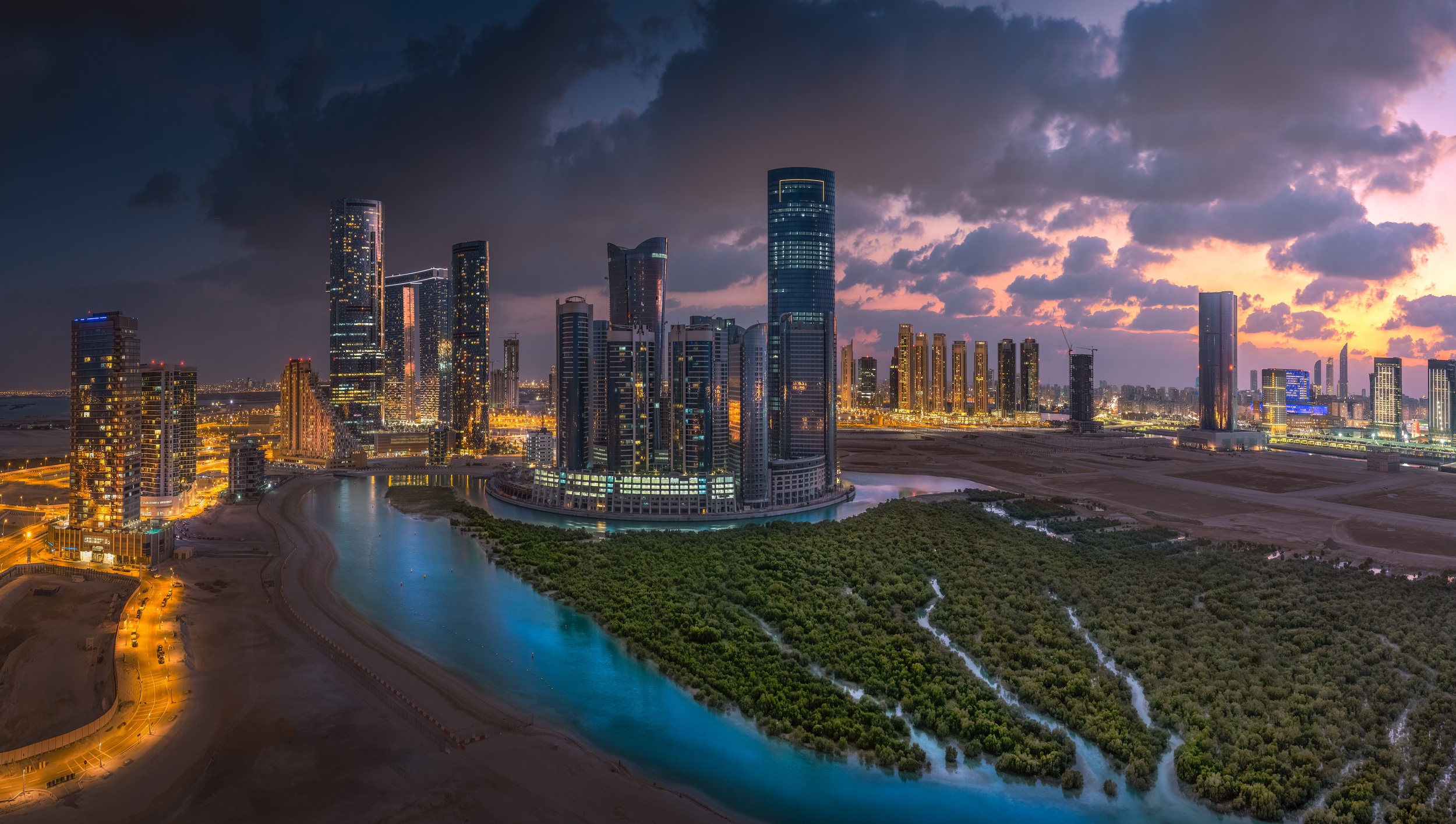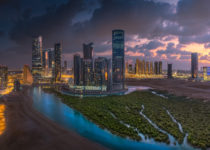The Environment Agency – Abu Dhabi (EAD) has successfully concluded its assessment of Abu Dhabi’s terrestrial and marine ecosystems. The Abu Dhabi Red List of Ecosystems, which is part of EAD’s Abu Dhabi Assessment Project, marks the first comprehensive evaluation of ecosystems in the region.
Dr. Shaikha Salem Al Dhaheri, Secretary-General of EAD, expressed her satisfaction, stating, “As the inaugural assessment of its kind in our region, the Abu Dhabi Red List of Ecosystems stands as a remarkable testament to our collaborative efforts with global partners to develop and promote the International Union for Conservation of Nature’s (IUCN) program and its knowledge products.”
“The Abu Dhabi Red List of Ecosystems will bolster our endeavors to effectively safeguard endangered habitats and ecosystems within the emirate by identifying and prioritizing threatened ecosystems in our plans to expand the network of protected areas. This will further reinforce our commitment to mitigating and adapting to the impacts of climate change, particularly as the UAE prepares to host COP28 later this year,” she added.
Dr. Al Dhaheri expanded on the significance of the list, stating, “The publication of the Abu Dhabi Red List of Ecosystems will play a pivotal role in the development of Abu Dhabi. It will inform urban planning, land use, and infrastructure projects, enabling us to foster the growth of Abu Dhabi while concurrently safeguarding our environment and preserving our ecosystems.”
She further emphasised, “The Abu Dhabi Red List of Ecosystems will be published as an official IUCN document, reaching a global audience and showcasing Abu Dhabi’s commitment to implementing internationally-recognised processes at the local level to protect our biodiversity.”
IUCN, the world’s oldest and largest global environmental organisation, boasts a membership and volunteer base spanning 185 countries. Its six Commissions focus on driving change through education, communications, and knowledge development concerning species’ status and threats.
EAD became an official member of IUCN in 2013 and is recognised as one of its strategic partners. In 2020, the Ministry of Climate Change and Environment also joined IUCN, representing the UAE.
A total of 16 terrestrial and marine ecosystems underwent assessment, resulting in twelve ecosystems being classified as ‘Threatened,’ two as ‘Critically Endangered,’ five as ‘Endangered,’ and five as ‘Vulnerable.’ Notably, no collapsed ecosystems were identified within the emirate.
Ahmed Al Hashmi, Executive Director of the Terrestrial and Marine Biodiversity Sector at EAD, commented on the Abu Dhabi Red List of Ecosystems, stating, “Abu Dhabi’s diverse species and ecosystems face numerous threats, including development, pollution, and climate change.”
He further emphasised that the Abu Dhabi Red List of Ecosystems will enhance understanding of the risks each ecosystem faces, enabling the Agency to establish a representative network of protected areas effectively. This list stands as the first of its kind in the region, encompassing desert ecosystems and employing assessment criteria for human-made ecosystems.
Al Hashmi added, “The Abu Dhabi Red List of Ecosystems has been a significant learning experience for the EAD team, particularly through collaboration with experts from IUCN and Provita in developing conceptual models for ecosystem functioning and threat identification. It has also highlighted data gaps and emphasized the need for long-term time-series data on processes and interactions.”
Al Hashmi concluded, “Together with the Abu Dhabi Red List of Species, the Abu Dhabi Red List of Ecosystems provides valuable insights into the status of our species and ecosystems and underscores the need for conservation interventions.”
Throughout the evaluation process, the emirate’s ecosystems were classified according to IUCN standards, enabling the formulation of protection and preservation measures and the development of plans to ensure their long-term sustainability.
The assessment conducted in Abu Dhabi has identified mountains and wadis, coastal plains, mangrove forests, saltmarshes, and coral reef ecosystems as some of the most threatened. Recognising their importance, many of these ecosystems are already included in the network of protected areas managed by EAD.
EAD oversees a network of 20 protected areas in Abu Dhabi, dedicated to conserving the emirate’s biodiversity, particularly endangered species and ecosystems. These areas are supported by extensive monitoring of species and habitats, as well as initiatives aimed at restoring and rehabilitating plant and animal populations.
Through successful rehabilitation efforts, EAD has ensured the preservation of critical plant species such as Al Sarh, Ghaf, and Samar trees, which are integral to Abu Dhabi’s landscape and cultural heritage. Furthermore, the agency’s endeavors have yielded positive results, leading to the recovery of several threatened species, including the Arabian Oryx, dugongs, and turtles.
Abu Dhabi’s notable achievements in mangrove and coral reef restoration, as well as the protection of marine biodiversity, have garnered international acclaim. These initiatives have been recognised as among the top ten pioneering restoration efforts worldwide under the auspices of the ‘UN Decade on Restoration’.







